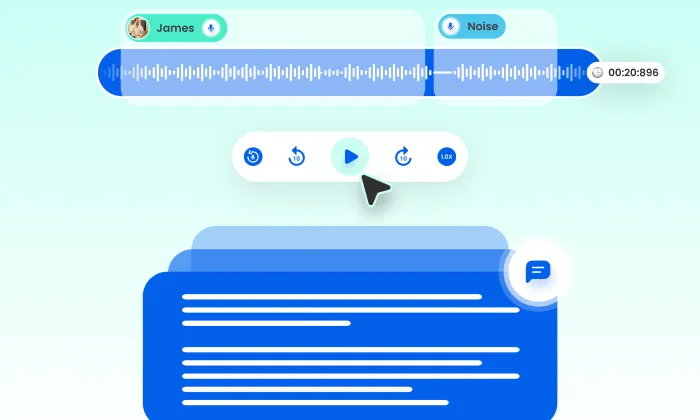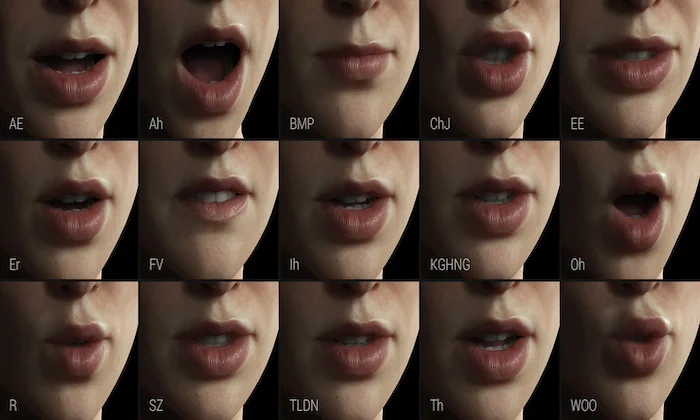What audio formats are supported in call center speech datasets?
Audio Formats
ASR
Supported Formats
Optimizing model performance, maximizing storage efficiency, and guaranteeing scalability in NLP and ASR applications all depend on selecting the correct audio format for call center speech datasets.
The choices in audio format directly affect:
- ASR model accuracy depends on compression artifacts and fidelity.
- Data preparation processes
- Data storage and processing power-related costs
- Compatibility with telephony systems and machine learning
Especially in the fields of voice analytics, intent recognition, and sentiment detection, optimising formats transcends basic technicality in artificial intelligence systems.
Depending on the data source, planned use (e.g., transcription, ASR training, sentiment analysis), and system requirements, call center speech datasets usually support a range of audio formats.
The most often accepted forms are these
- WAV: The gold standard. It’s lossless, clear, and ideal for ASR and speaker diarization. Stick with 16kHz, 16-bit for most use cases.
- MP3: Compressed and lossy. Okay for storage or playback, but not ideal for serious speech processing.
- FLAC: A smart middle ground. Keeps quality intact with smaller file sizes. Great for research-grade datasets.
- OGG: Efficient and increasingly popular in VoIP and real-time messaging. Adjustable bitrate and dynamic range.
Formats to Avoid:
Ulaw, Alaw, AMR, and SPEEX are mainly legacy or niche uses.
Choosing the right audio format for call center speech datasets is not just a technical step; it’s a strategic one. It impacts everything from ASR accuracy and NLP performance to storage efficiency and long-term scalability.
Why Audio Format Matters
It directly affects Speech recognition accuracy, Data preprocessing pipelines, Storage costs, and compute resources, Telephony, and ML system compatibility.
For tasks like voice analytics, intent recognition, and sentiment detection, format optimization is key.
FutureBeeAI Uses WAV Here’s Why
At FutureBeeAI, we rely primarily on the WAV format, and for good reason:
- Lossless quality ensures every nuance of speech is preserved
- High fidelity supports better ASR and speaker diarization
- Universal compatibility with ML frameworks, telephony systems, and NLP models.
- Ideal sampling rate (16kHz, 16-bit) matches standard speech model training benchmarks.
This choice helps us deliver enterprise-grade, future-ready datasets right out of the box.
What Else Do People Ask?
Related AI Articles
Browse Matching Datasets
Acquiring high-quality AI datasets has never been easier!!!
Get in touch with our AI data expert now!








